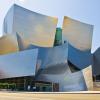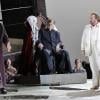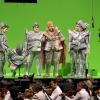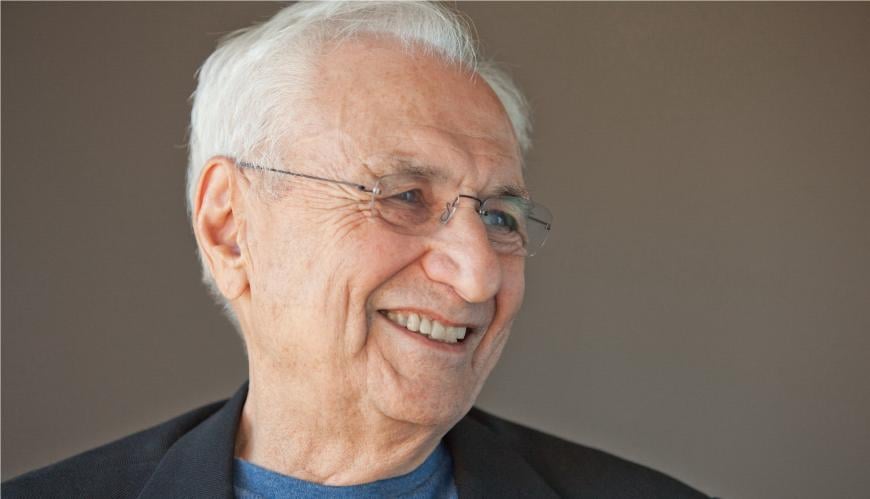
It takes a lot of chutzpah to reconfigure and repurpose one of Southern California’s most iconic buildings.
Since it opened in 2003, Walt Disney Concert Hall has been acclaimed as one of the finest such venues in the world. Architect Frank Gehry’s mandate was to create an exciting, inviting place to hear symphonic music, and Disney Hall has been playing that role brilliantly for two decades.
So, who would have the nerve to try to turn it into an opera house? Gehry, of course.
For the Los Angeles Philharmonic’s upcoming performances of Richard Wagner’s Das Rheingold, Gehry has created a set that is designed to complement the hall — and yet likely to disorient regular patrons.
A stage is being constructed around and above the area where Music and Artistic Director Gustavo Dudamel’s orchestra is seated. This will place the musicians in a pit of sorts and give the singers room to move about and act out the drama of Wagner’s opera, which opens the composer’s massive four-part Ring cycle.
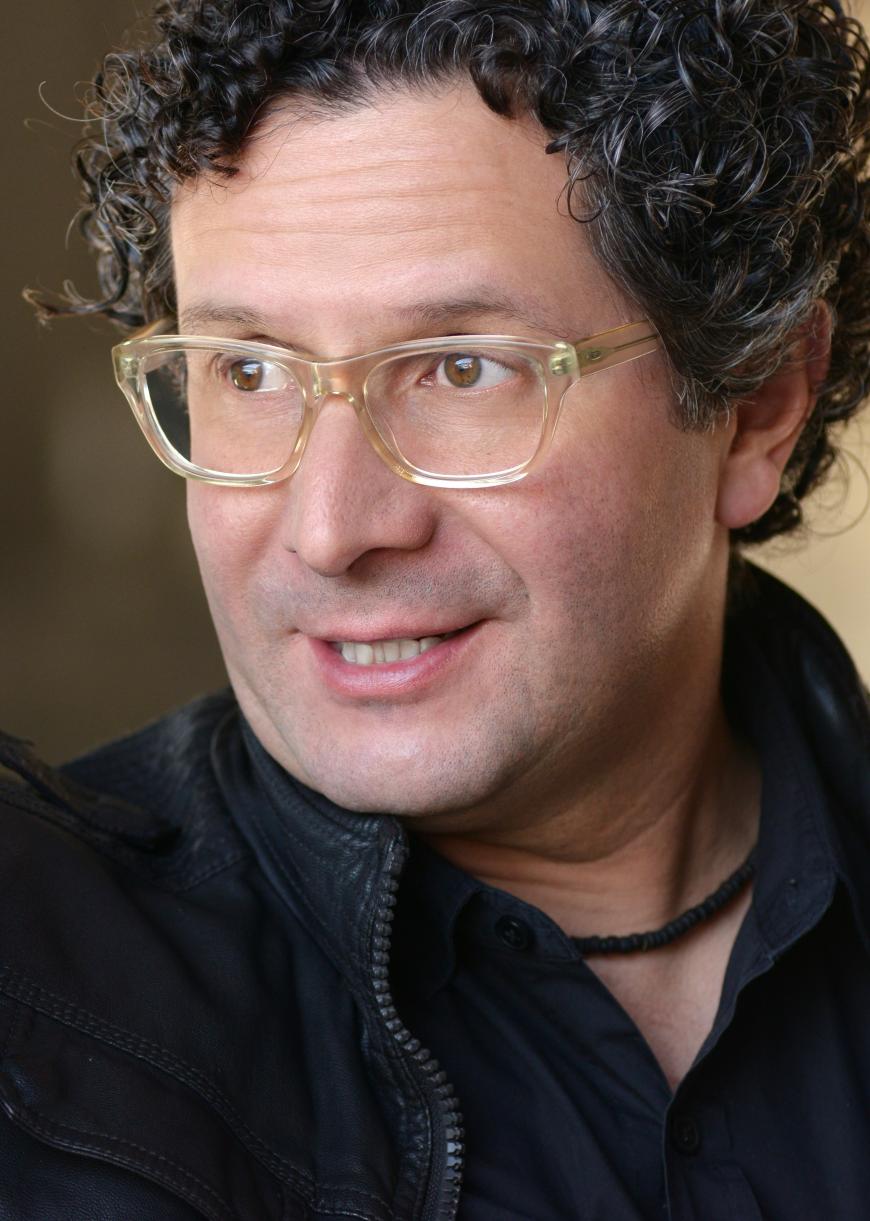
“This is a way for this brilliant architect to reshape — to reinvent, in a way — his own hall,” said Alberto Arvelo, who directs the production. “He’s exploring the possibilities of what the space can give us.”
Arvelo detailed Gehry’s design: “He’s basically elevating the stage behind the orchestra and installing a pasarela [a catwalk or footbridge]. This way, the singers can walk between the conductor and the audience.”
Performances will be Jan. 18 and 20 at 8 p.m. and Jan. 21 at 2 p.m. The cast will be headed by Ryan Speedo Green as Wotan, Raehann Bryce-Davis as Fricka, and Jochen Schmeckenbecher as Alberich.
Arvelo is no stranger to the possibilities of Disney Hall. In 2022, he directed a semistaged production of Beethoven’s Fidelio for the LA Phil, which the orchestra is reprising in May. “What we’re doing now is much more complex,” he said. “I think it’s a brilliant use of the space.”
Das Rheingold is the first and shortest of the four operas that make up Wagner’s Ring cycle, an elaborate tale of gods and mortals taken from Norse mythology. It begins with the dwarf Alberich, who encounters the dazzling Rhinemaidens, who guard the incomparably valuable Rhinegold. Their mockery leads him to curse the notion of love and steal the gold, which he forges into a ring that gives its bearer unimaginable power.
Later, when he is tricked by Wotan, lord of the gods, and is forced to give up the ring, Alberich curses the object and whoever chooses to wear it. That curse comes to fruition in various ways over the subsequent three operas.
“There are gods and giants and other amazing creatures, but in the end, it’s profoundly human,” Arvelo said. “It examines profound human themes like desire and loneliness. It’s about fear and jealousy and betrayal. It’s about who we are, what we’re looking for, what we expect from our lives.
“Alberich is a villain, but in a way, he is also a victim, first of the Rhinemaidens and then of Wotan and the gods. To put it in contemporary terms, he is bullied by the Rhinemaidens. They’re playing with his desires. He then bullies the Nibelungen [the race of dwarves to which Alberich belongs]. That’s human nature.”
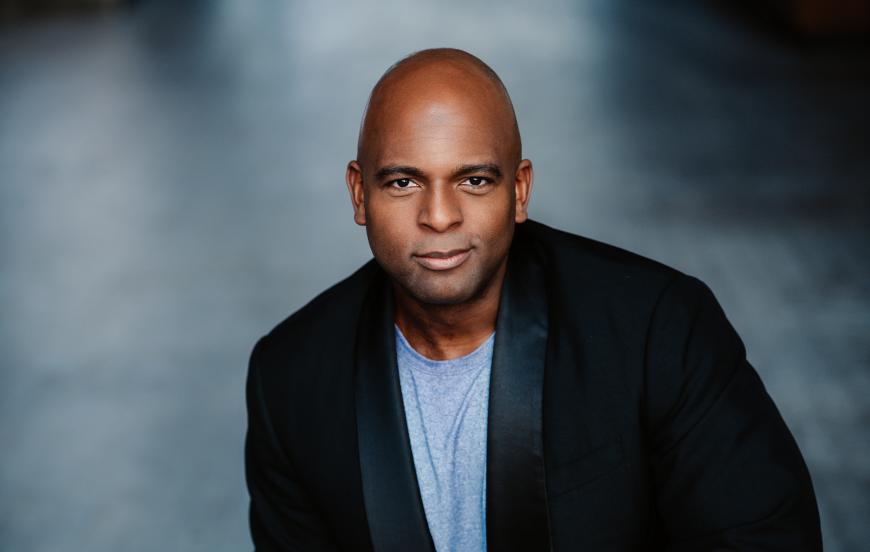
Arvelo and Gehry are not grounding the action in a specific time or place. Together, they created what Arvelo calls “subtle video art that will be projected as a companion to the music.” These images will be free of specific cultural references.
“It’s a more abstract take on Das Rheingold,” the director said. “We are playing with the symbols and the archetypes and trying to convey the essence of the story.
“I hope this makes it more accessible and gives more emphasis to [the inner lives of] the characters. These are incredibly strong archetypes we can all connect with.”
Arvelo emphasized that the production “is being done in a way that totally respects Disney Hall and uses its energy.” It also uses less abstract elements of the building. In the opera’s final scene, the organ will play the role of Valhalla, the majestic hall of the gods.
“We’ll be hanging some fabrics in front of the organ,” Arvelo said, “so the organ can appear and disappear in a beautiful way.” The gods would expect no less.
“Disney Hall is not an opera house, so it’s difficult to do a big opera like Rheingold,” Gehry said when asked for comment. “I tried to keep it minimal so that the hall became the set and the singers and the costumes could take center stage.
“I hope it works.”


